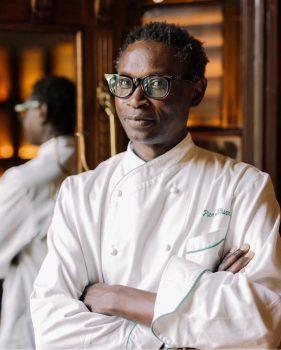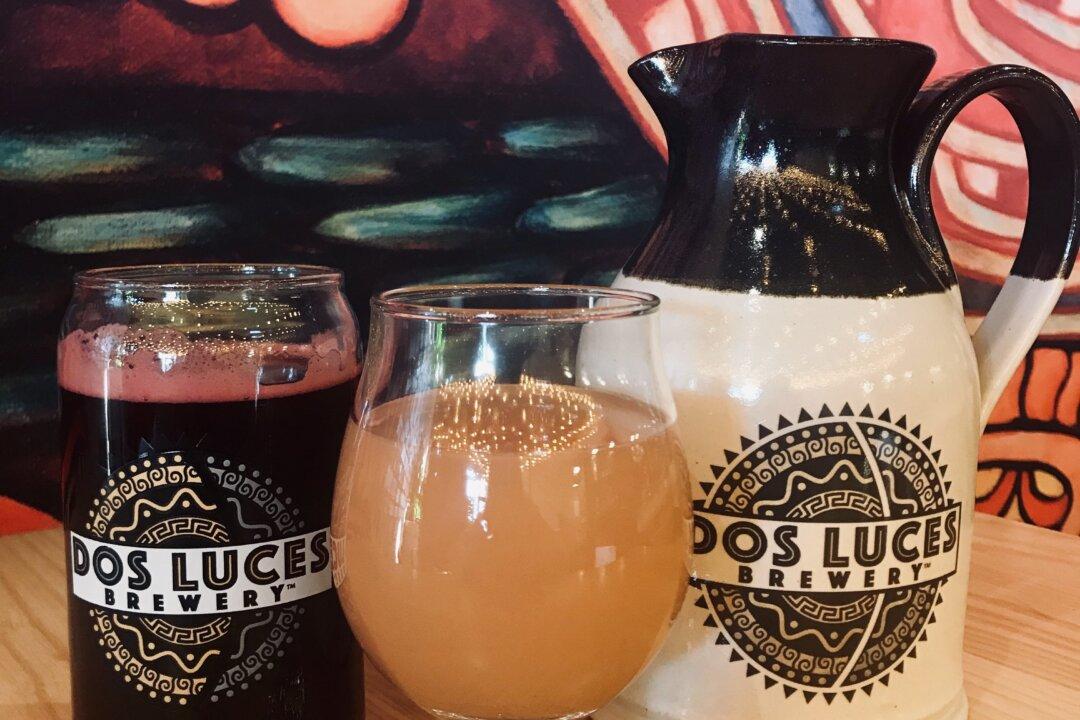Prior to the spring release of the schedule for the third annual Slow Food Nations (SFN) conference, held mid-July in Denver, Colorado, I had never heard of fonio. No doubt very few people outside the farming communities in the Sahel region of Africa, where the ancient grain is grown, ever have. But as the founder of Yolélé Foods, Pierre Thiam is working tirelessly to change all that—and soon.

Pierre Thiam. Courtesy of Yolélé Foods





